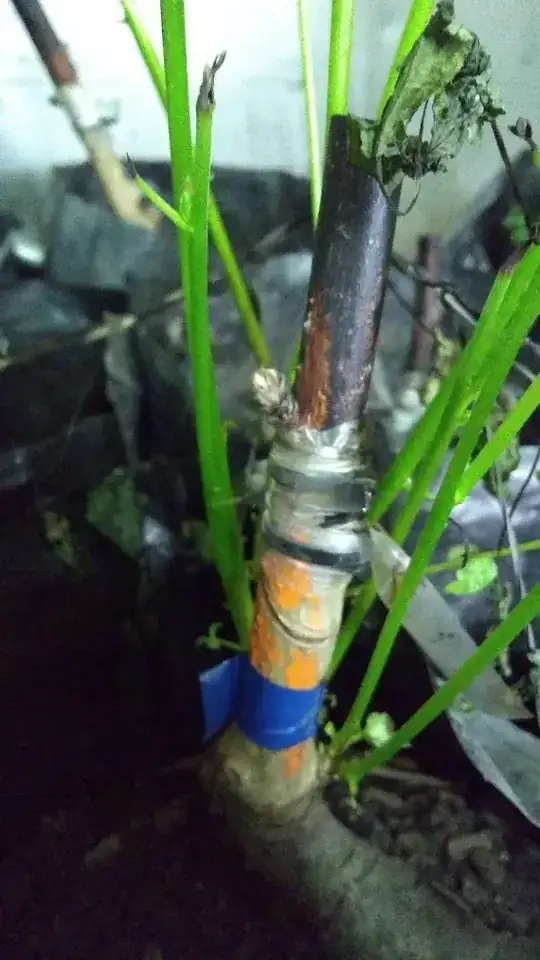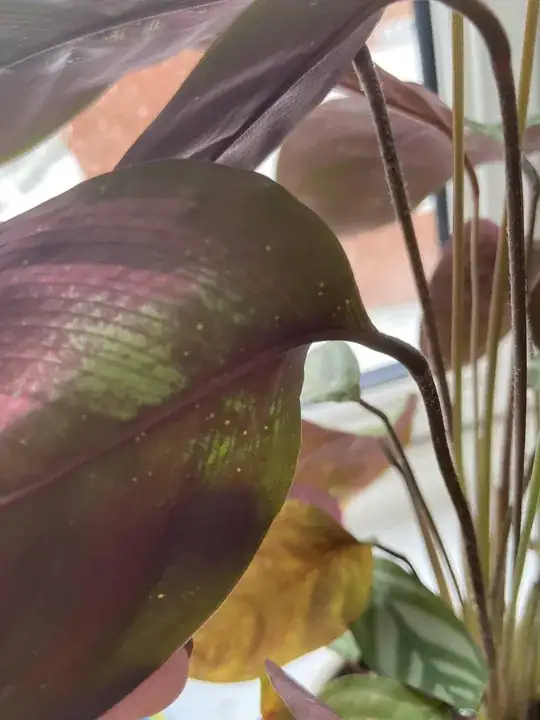We have a walnut orchard in Central Otago, a dry, cool-temperate region of New Zealand. We're having very poor success rates with our grafting (~10-20% or less) and I'm trying to figure out why. I'm aware that walnuts are notoriously difficult to graft but I've seen success rates of 50-60% reported many places and we're obviously well below that. Any help would be appreciated.
We graft our trees on site, using rootstock mostly grown from the vigorous German variety Geisenheimer (G-26). Scionwood is cut from our existing trees (mostly Vina, Franquette and Hartley) during late winter and stored in a fridge in moist paper wrapped in plastic bags. Both rootstock and scionwood are around finger diameter or slightly larger at grafting (we aim for larger but sometimes limited by what's available).
We graft on a table in our glasshouse, which is dirt floored. We do our best to keep the area clean but inevitably there's some dust/dirt around (including from the rootstock pots). Could this be the problem?
This is our general process:
- rootstock grown from seed in plastic planter pots with compost.
- thin cut through rootstock bark made below intended grafting site 1-2 weeks before grafting, to prevent graft being flooded.
- all cutting equipment sprayed with methylated spirits to sterilise before grafting and regularly during the process.
- piece of scionwood selected to match rootstock width as closely as possible, and both cut in a V/saddle (point down) shape with a machine.
- scionwood placed in rootstock and secured tightly with a cable tie or rubber band.
- graft wrapped in plastic tape and top covered with wax to prevent drying out.
- loose plastic wrap secured by rubber band placed over scionwood down to graft union for first few days-weeks after grafting, also to prevent drying out.
- All grafted trees placed in a refrigerated container which we keep at ~20-30 degrees C (~68-86F), and also try to keep relatively humid for 4-6 weeks, until it's obvious if they've been successful or not.
- cable ties etc removed after about a month to allow graft union to swell.
The last two years we've grafted about 100 trees in early Spring (i.e. mid-late September here in the Southern Hemisphere) with about 12-15% success rate, and this year we also did a mid-Spring (mid-late October) grafting round which is looking even worse. That's despite (or maybe because of?) the scionwood buds looking much more active for that second round.
Quite a few of the graft buds (about a third) have started growing and then died off/dried out. Is this normal or does it indicate something that we're doing wrong? Pictures show an example of this (blue tape), as well as a successful graft after removal of cable ties, tape etc (yellow tape at bottom of photo below graft). Note I removed the cable tie from that successful one a bit late, so you can see the indentation at the grafting join.
If anyone's able to tell me what we're doing wrong I'll be eternally grateful!

